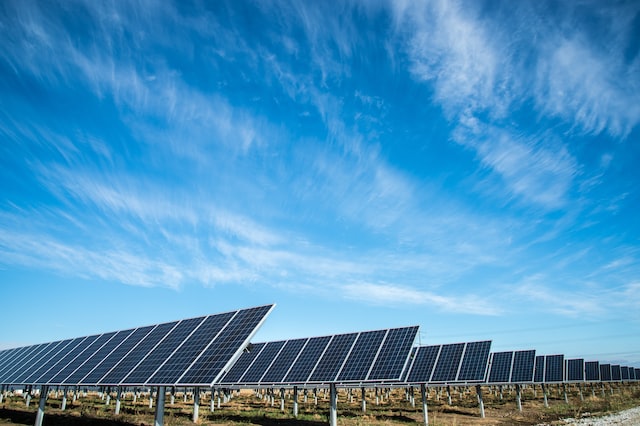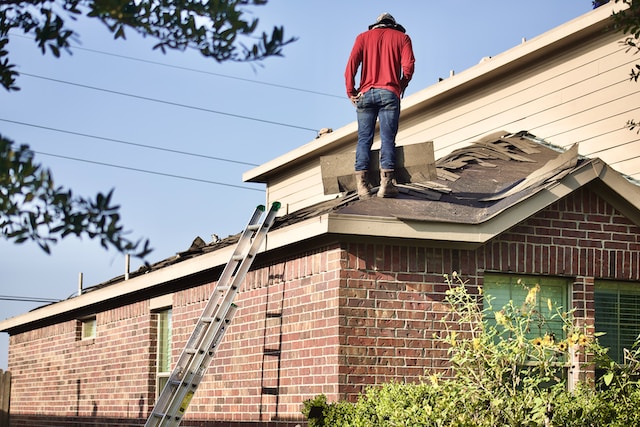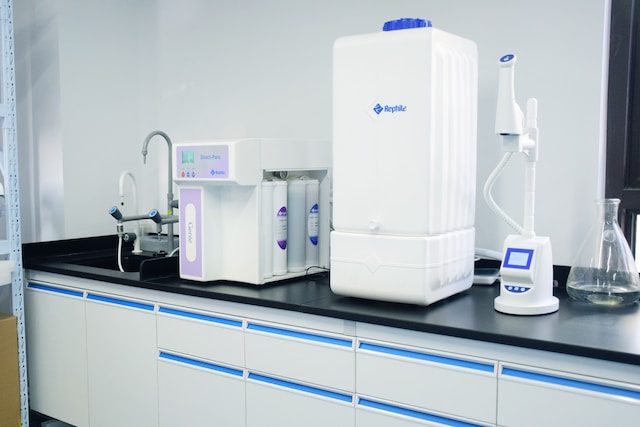How Much Does Solar Panel Installation Cost?
If you’re considering putting solar panels in your house, you should assess your energy requirements first. Then, you can calculate your system’s wattage and determine how many panels are needed to cover your electric bill.
Other factors that influence how much solar installation costs include the type of roofing and racking system used. You can also find local incentives that reduce upfront costs.
Cost of Solar Panels
The cost of solar panels varies significantly depending on several factors, including the quality and brand of the panels, your roof’s characteristics, labor rates, and market conditions. Generally, panel prices are about 25 percent of the total installation price, while labor and operational expenses make up the rest.
Solar panels are comprised of multiple photovoltaic cells that convert sunlight into electricity. They are typically made of monocrystalline, polycrystalline, or thin-film PV cells.
Most residential systems use monocrystalline panels, which are the most efficient and produce the most power in a single square foot. Polycrystalline and thin film PV cells are less expensive but less efficient.
In addition to panels, a system may include an inverter, charge controllers, electrical panels and meters, racking, and storage batteries. These systems can be grid tie (tied to the utility company) or off-grid.
Because a solar panel installation involves many components, it can be challenging to estimate the final cost. However, receiving an estimate from three companies is a good idea to ensure you get the best value for your money.
Cost of Installation
The cost of solar panel installation depends on many factors, including the location and type of equipment you choose. It also involves labor costs and permits.
To calculate the solar panel installation costs, use a tool that estimates how much electricity you need to produce and how many panels you need to meet your needs. It also considers the average sunlight your home gets, energy usage, and current electric rates.
Getting quotes from several solar companies is the best way to determine the cost of solar panel installation for your home. A representative will meet with you to discuss your energy needs and design a system that meets your budget.
When you have an installer quote for your project, they will give you a detailed breakdown of their costs, including labor, permit fees, and taxes. They will also cover state and federal incentives, clean energy financing programs, and solar renewable energy certificates (SRECs).
Almost half of the total cost of a solar panel system is spent on equipment, including panels, batteries, mounting hardware, inverters, metering tools, cables, and wiring. Other costs include operating costs and maintenance, and inspections.
Energy Savings
Getting solar panels installed is a significant investment, but you’ll be able to save a lot of money on your energy bills in the long run. The average homeowner recoups the cost of installing a solar panel system in about ten years.
The initial price of a solar panel system depends on the panels’ size, brand, and wattage. There are also costs for the equipment needed to convert the electricity the panels produce into the power your home needs.
For example, some systems include a battery to store excess energy not used by your home during an electrical outage. Historically, batteries have been prohibitively expensive, but with more and more utility companies offering rebates and incentives for residential solar installations, they’re becoming much more affordable.
The solar panels are usually sold wholesale to local contractors and distributors. Those prices vary significantly by location and type of panels, but they are close in line with the typical price range of most panel manufacturers.
Tax Credits
The Solar Investment Tax Credit (ITC) lets you deduct 26% of the gross system costs for a new solar photovoltaic (PV) system. It is a great way to lower the overall cost of installation, and Congress recently extended these savings until 2022.
Depending on the type of system you select, additional incentives may be available to help offset some of your costs. These include state and local government rebates, financing programs, and performance-based incentives (PBIs).
If you want to take the opportunity of these tax credits, it’s best to get your solar installation done sooner rather than later. It is because the ITC will decrease to 22% in 2021.
This tax credit also rolls over, so you can still use it even if you don’t owe enough taxes to cover it in one year.
While there are a few incentives for installing solar panels, the federal tax credit is the biggest and can save you a lot of money. If you’re considering a solar installation, consulting with a professional is essential to determine if you qualify for any tax credits.
Incentives
Getting a solar panel system can be costly, but many incentives available can significantly reduce the installation cost. These can be tax credits, rebates, or performance-based incentives (PBIs).
The federal government offers a solar tax credit that pays homeowners 30% of their solar panel costs back on their income taxes the year after installation. Several states and utility companies also offer various types of incentives.









